Exercise is the body’s natural way of restoration to improve stability, mechanics, strength and movement to an injury. Whether the injury is from overuse, trauma, disease, or surgery exercises are necessary to restore function. To move around pain free, our bodies require our muscles, joints, and tendons to be strong and efficient. Exercise helps put through the required joint forces to restore joint nutrition and lubrication. Exercise builds up the necessary strength and endurance in muscles and tendons to function and do what you love to do. Muscles respond beautifully to exercise and regenerate very quickly. Exercise also helps bones recover by putting the appropriate forces through them at the correct times helps them recover quickly.
Our hand therapists (physiotherapists) use a number of different exercise techniques all of which are progressed as healing occurs
Isometric Exercises
These are done while joints are healing. They allow force to go through the muscle, but no movement occurs which protects damaged structures and prevents the bad effects of non-use. These exercises are upgraded based on time they are held, and the resistance required. Usually starting at 20 seconds and building to 1 minute.
Eccentric Exercises
these exercises are done while lengthening the muscle contraction. This helps with the tendon cell regeneration and efficiency of muscle contraction. These exercises are graded by increasing the resistance put through muscle. Usually start with ½ kg weight or yellow resistance band.
Concentric Exercises
these exercises are done in the natural contraction of the muscle, that is into the shortened position. These are usually the last to be given as they can reproduce the pain if the muscle is not at the correct length. These exercises are graded by increasing the resistance put through muscle. Usually our hand treatment starts with ½ kg weight or yellow resistance band.
Aerobic Exercises
every individual is encouraged to continue with aerobic exercise. This can start by using our ergonomic upper body cycle or simply by using our step in the gym for three minutes. The benefit of aerobic exercise allows your natural endorphins to be released and your sense of wellbeing to improve.
Our strength is in Diagnosis, Education and Custom Treatment Programs.
Every individual is assessed thoroughly and given an accurate diagnosis from their history and initial presentation of symptoms. Progress is re-assessed around three weeks to confirm diagnosis. If an injury is not tracking as expected from normal tissue healing time frames and there are no reasons for lack of progress, consultation with the team happens to check diagnosis and progress is accurate.
Injuries are explained in detail to each patient. Diagrams are drawn and photos of conditions are given. Patients are encouraged to ask questions, so they are fully informed of their condition or injury. Expectations like when to return to work, sport, music, and driving are given. Our therapists come alongside the patient to develop individual treatment programs, set up in conjunction with the patients’ goals and expectations.
Every patient contributes to their treatment program and what they are able to do, so they are actively involved in their rehabilitation.
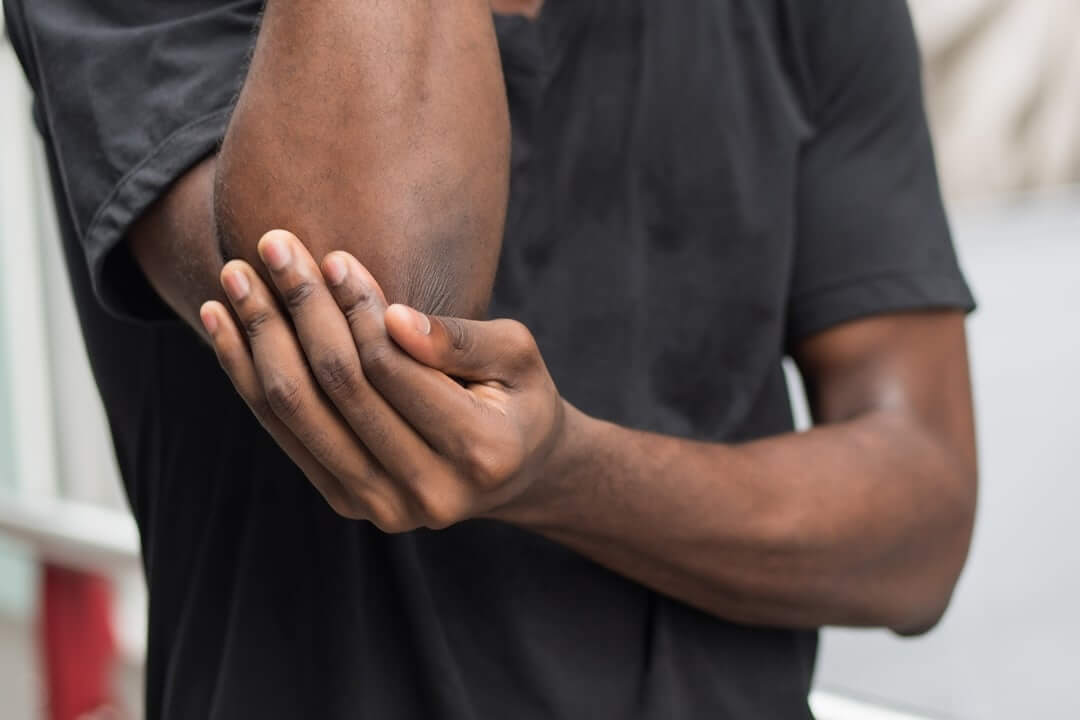
Acute pain is when the body is working to heal structural tissue damage. Everything is done to ensure structural and mechanical integrity if maximised of the injured tissues.

Most wounds recover in the repair phase of healing. Our therapists look after your wounds by providing dressings that are applied with a sterile technique to avoid infection.
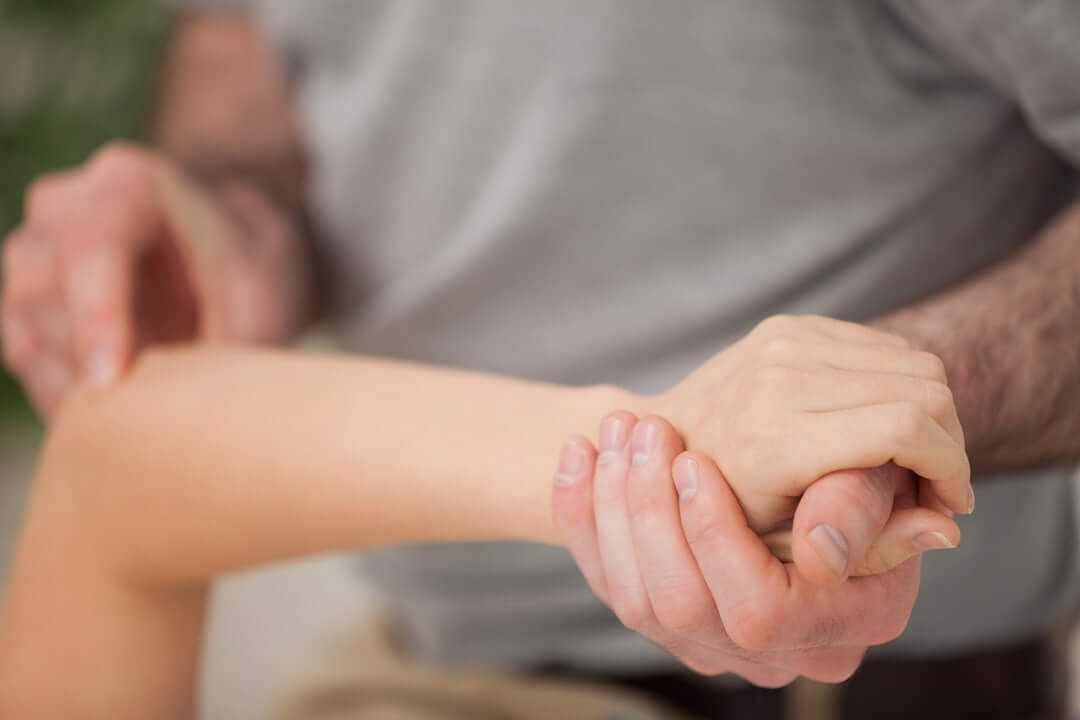
Joint mobilisation involves moving the joint back and forth in small oscillating movements further and further into range to restore the joints normal movement.
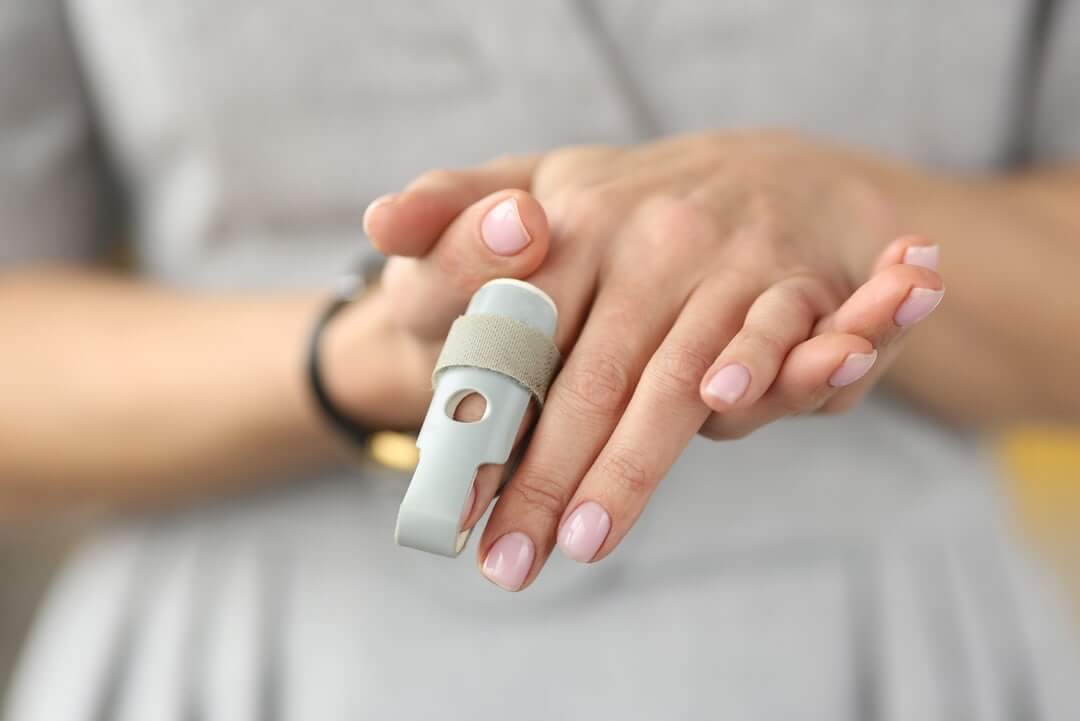
Massage helps to improve blood supply to the injured area, helping you recover faster.
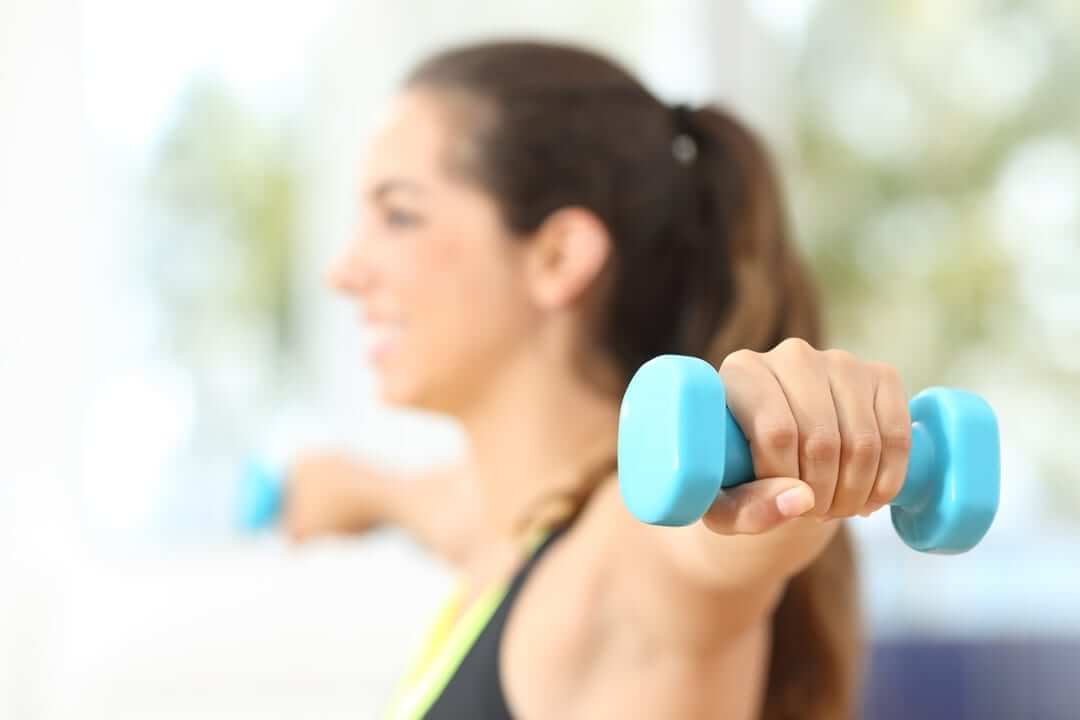
Exercise is the body’s natural way of restoration to improve stability, mechanics, strength and movement to an injury. Whether the injury is from overuse, trauma, disease or surgery exercises are necessary to restore function.
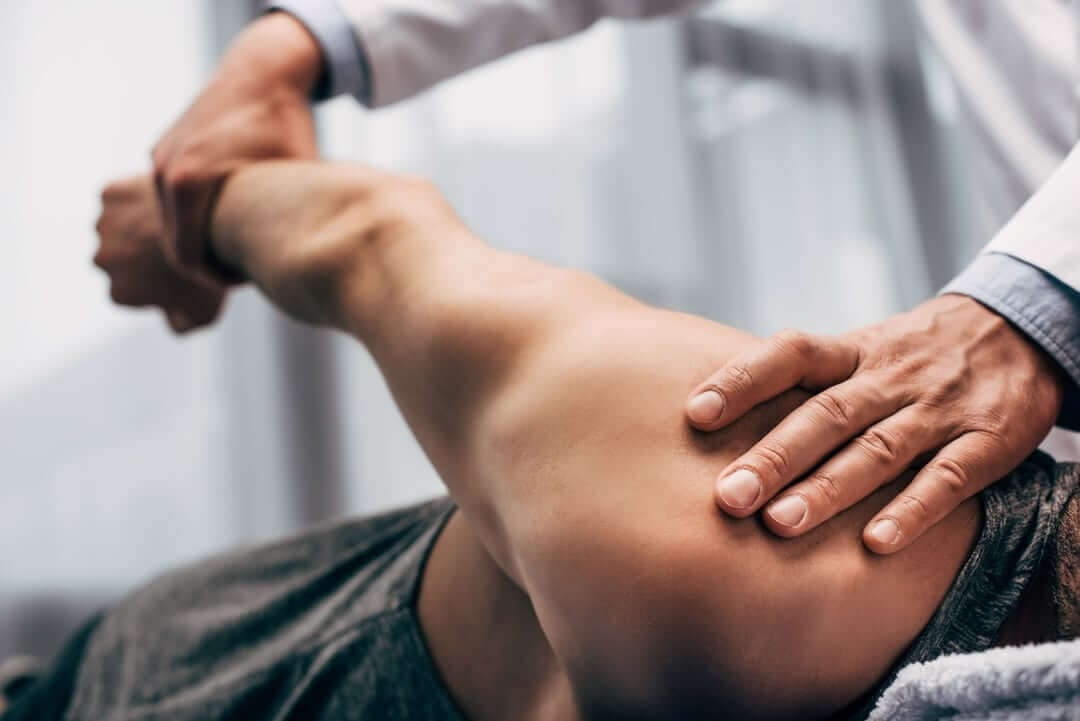
Stretching is extremely beneficial for our joints, muscles and tendons. Not only do they help prepare your body work/exercises they ensure you are working at your optimum energy efficiency.